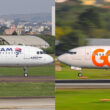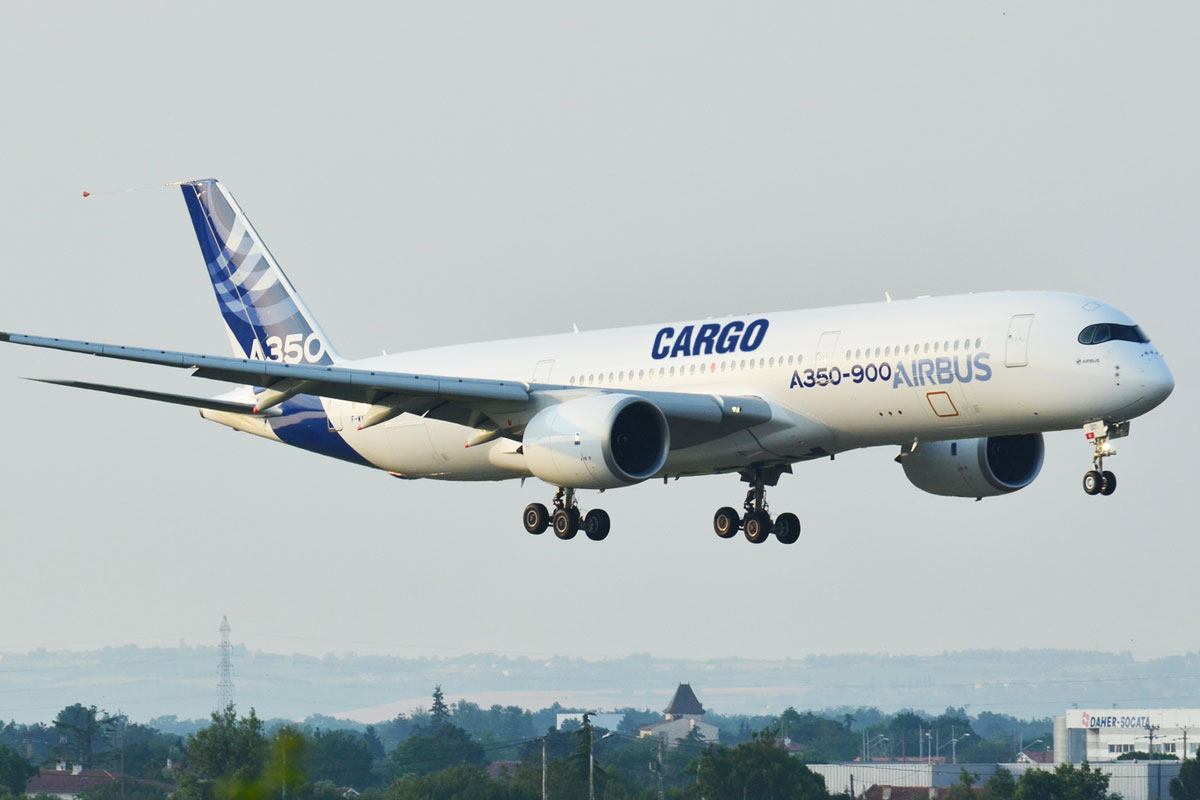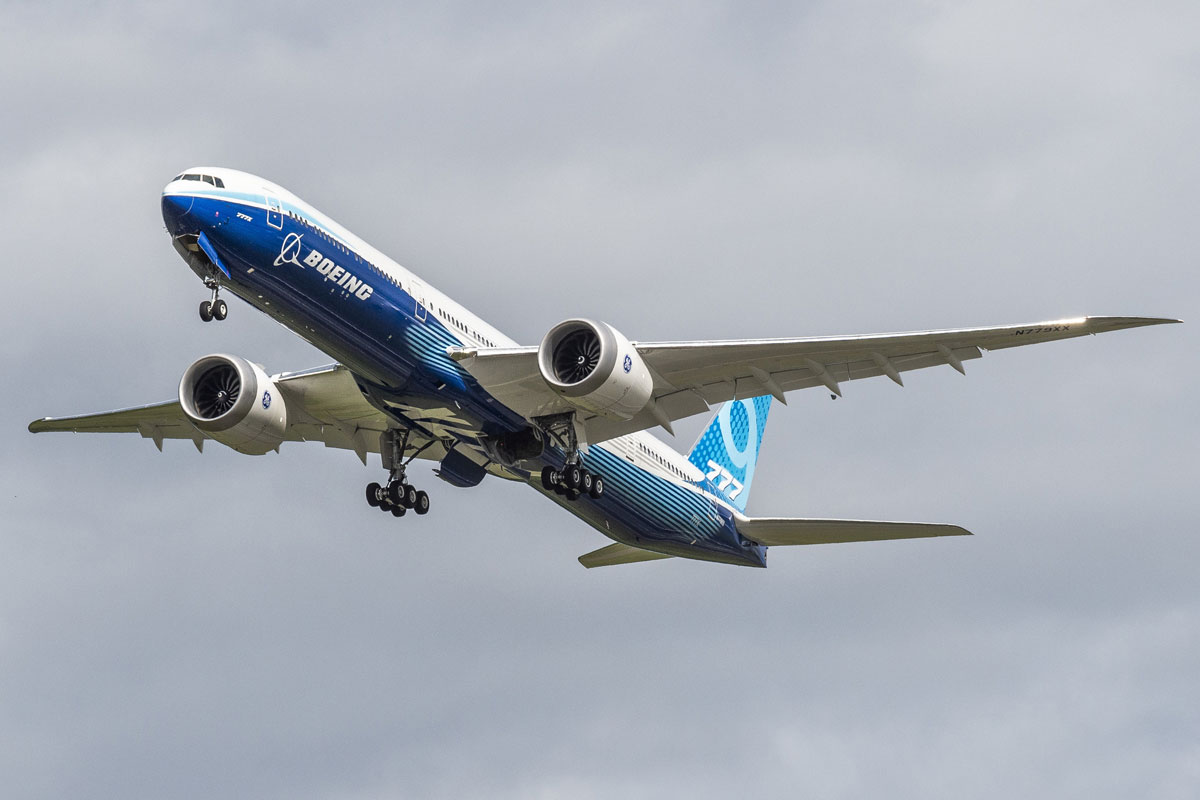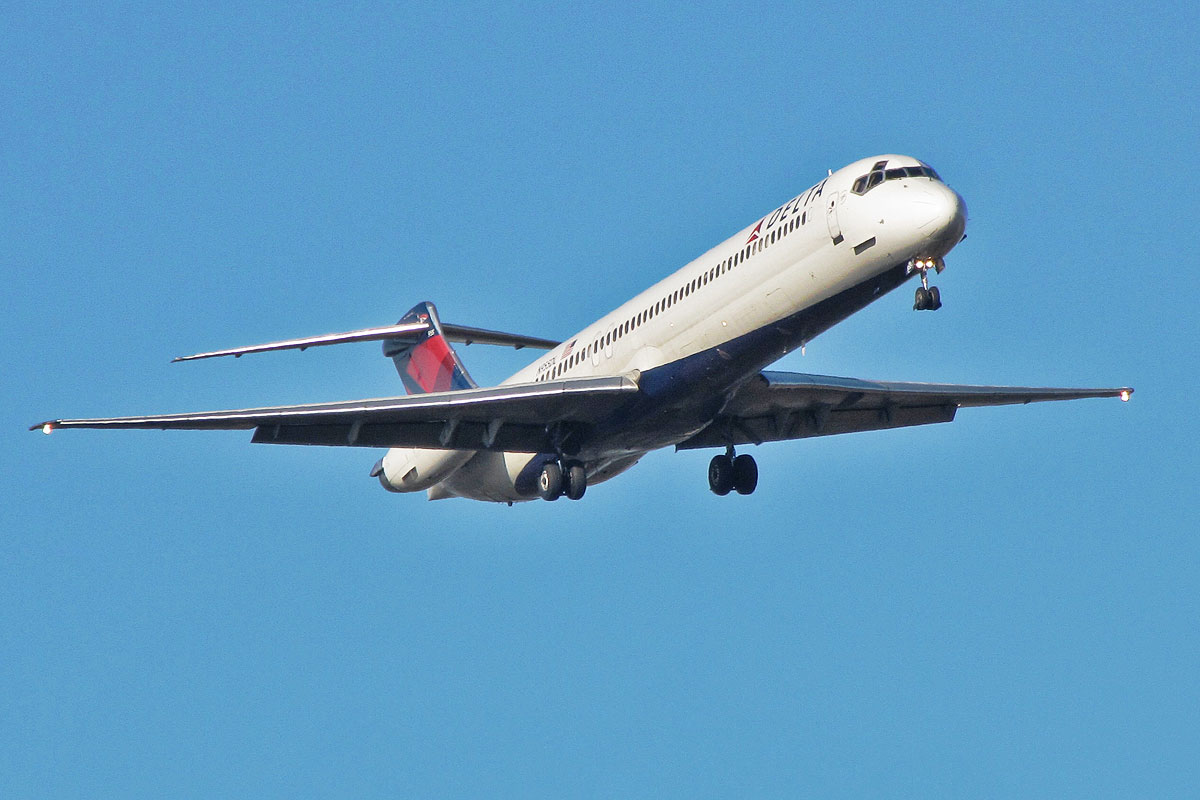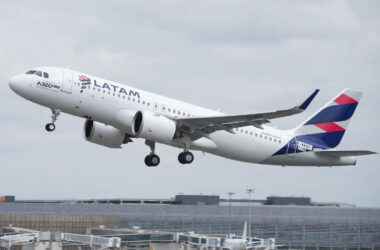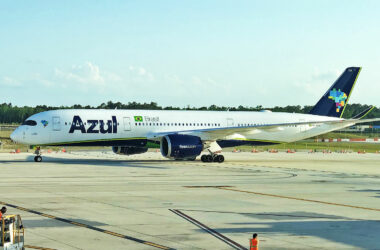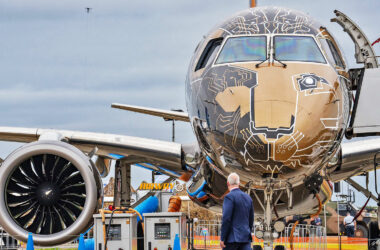The A350 aircraft is Airbus‘ most advanced commercial jet. With large-scale composite material construction, efficient engines and state-of-the-art systems, the widebody is one of the most comfortable ways to fly. And it is expensive: although the manufacturer no longer publishes the suggested prices for its models, an A350-900 can cost around $320 million.
For these reasons, no airline was considering using the new plane as a freighter until the coronavirus pandemic that restricted passenger flights emerged. Airbus itself decided to offer a package to quickly convert the A350 into a cargo aircraft. According to planmaker, the solution “will help with the airlines’ own business continuity, and also alleviate the global shortage of ‘belly-freight’ air cargo capacity due to the widespread grounding of long-haul aircraft in the context of the COVID-19 pandemic.”
In fact, the European manufacturer’s proposal is quite opportune amidst palliative solutions used by several companies, which have been directed their planes to transport medical supplies to support the fight against the virus. Items are being accommodated in passenger seats as a way to optimize the capacity of these planes, in addition to the cargo hold.
In the Airbus proposal, the seats give way to pallet holders on the rails of the economy class cabin floor, without having to carry out modifications inside the aircraft. Yes, only the economy class is worth adapting as the executive or first class requires more work to be released. To offer this extra capacity, Airbus jets need changes to fire systems and oxygen masks, for example.
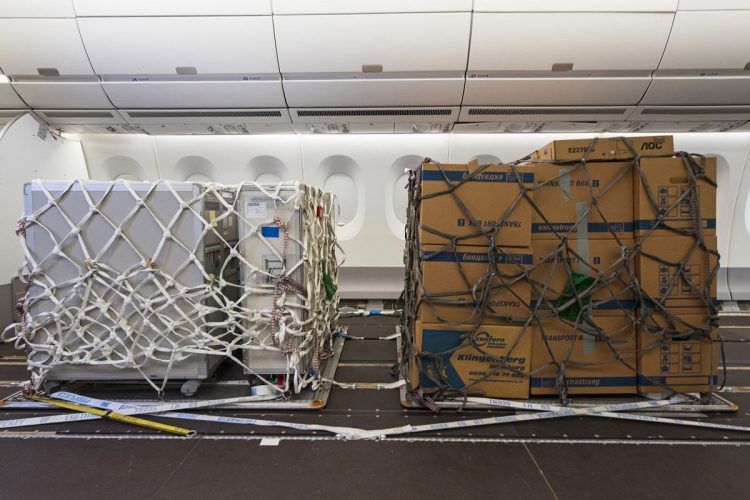
Also according to Airbus, the modification is accepted by EASA, European civil aviation authority, for a maximum period of eight months so that companies can use their planes during the pandemic.
An A350-900 can transport 30 pallets of 260 kg or 7.8 tons of cargo. Adaptation is also offered for the A330, which has a slightly smaller capacity of 7.3 tonnes. Even the four-engine A340 and A380 in theory could be used in the same way, but certainly this demand to be quite small or non-existent.
For comparison, the cargo hold of the A350-900 can carry 18.6 tonnes which, added to the passenger cabin, allows the aircraft to carry something like 26 tonnes. It seems a lot, but it is much less than a Boeing 777F, capable of taking off with 103 tons.
Airbus does not, however, explain details of loading and unloading procedures in the passenger cabin. With narrow doors, the accesses are much smaller than in the cargo hold and certainly require longer handling.
Despite this, the idea seems to attract a good number of the company’s customers. About 20 operators requested Airbus assistance to modify their aircraft.



